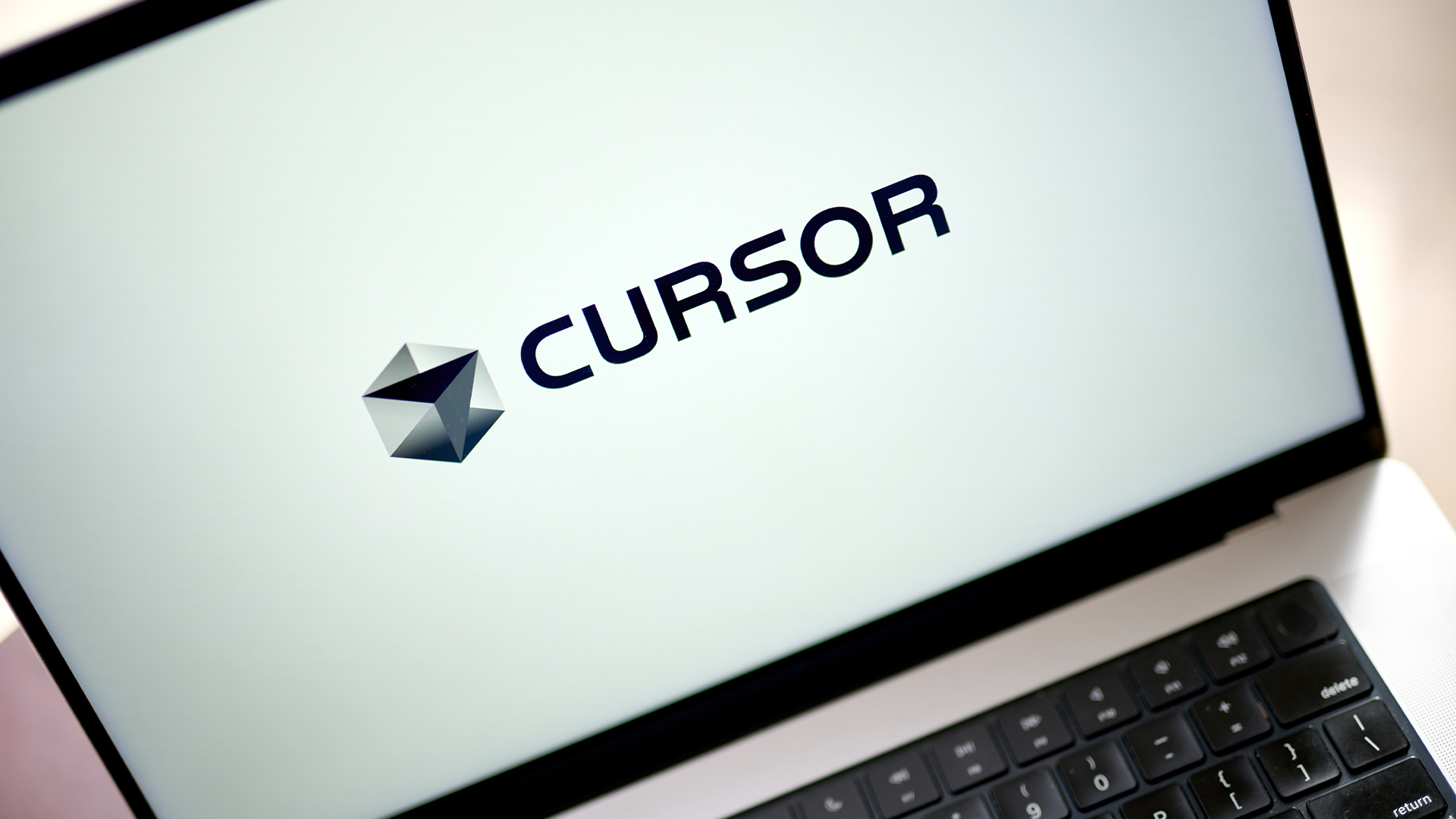Nokia E52 smartphone review
Nokia’s Eseries has been on the backburner recently with its Nseries lineup taking charge. Now it’s time for those business devices to make a comeback with the E52.

The Nokia E52 is more than competent as a business phone, and it's stylish to boot. It’s just the OS and speed that lets it down.

The Nokia E52 is an HSDPA-enabled handset boasting download speeds of up to 10.2Mbps, although this is network dependent. On O2 (which supports 7.2Mbps download), speeds were satisfying enough for browsing simple sites, using the less-than-stunning Nokia browser. We'd recommend installing Opera if you want to surf the net with ease.
Preinstalled apps, as you'd expect from a Symbian S60 device, include QuickOffice for creating Word, Excel and PowerPoint presentations, and a PDF reader. These are best for viewing documents rather than writing them, as it can become a little awkward on the T9 keypad rather than a QWERTY keyboard.
When in personal mode, there are a number of features that have the potential to make you spend more time there than in business mode. First, there's full N-Gage support if you're into gaming. There's also a 3.5mm headphone jack, meaning you can scrap the sub-standard Nokia headset and plug in your own.
Nokia E52 runs on Symbian 9.3 OS with the Series 60 3rd Edition user interface, with a 600 MHz CPU something that should eradicate that time lag. Unfortunately, it doesn't seem to make a whole lot of difference as the OS seems sluggish and clunky, especially when switching homescreens and opening applications.
Battery life is a big bonus. Unlike other smartphones where you'd blink and the battery life would be diminished, the Nokia E52's battery was still full after using it for 24 hours. We may not have made an enormous number of calls, or activated push email, but on other devices in the same situation, battery life would have been squeezed out to at least half life. The 1500 mAh battery was definitely a good choice here.
The E52 is the best-looking, most pocketable Nokia smartphone yet. Although there are a fair number of quirks, these are mostly down to the seemingly antiquated Symbian OS.
A major update is certainly needed soon to keep up with competitors especially when Windows 6.5 begins its roll out next month.
Sign up today and you will receive a free copy of our Future Focus 2025 report - the leading guidance on AI, cybersecurity and other IT challenges as per 700+ senior executives
Verdict
The Nokia E52 is more than competent as a business phone, and it's stylish to boot. It’s just the OS and speed that lets it down.
Networks: Quad band 850 / 900 / 1800 / 1900MHz GSM/GPRS/EDGE
Dimensions: 49x9.9x116mm
Weight: 98 grams
Battery: 1500 mAH, 6 hours talk time, 432 hours standby
Display: 2.4in , 240x320 pixels
Camera: 3.2MP camera with video
Memory: 60MB Flash Memory, microSD card slot
Connectivity: Wi-Fi 802.11b/g, Bluetooth, GPS

Clare is the founder of Blue Cactus Digital, a digital marketing company that helps ethical and sustainability-focused businesses grow their customer base.
Prior to becoming a marketer, Clare was a journalist, working at a range of mobile device-focused outlets including Know Your Mobile before moving into freelance life.
As a freelance writer, she drew on her expertise in mobility to write features and guides for ITPro, as well as regularly writing news stories on a wide range of topics.
-
 Anthropic says MCP will stay 'open, neutral, and community-driven' after donating project to Linux Foundation
Anthropic says MCP will stay 'open, neutral, and community-driven' after donating project to Linux FoundationNews The AAIF aims to standardize agentic AI development and create an open ecosystem for developers
By Ross Kelly Published
-
 Developer accidentally spends company’s entire Cursor budget in one sitting — and discovers worrying flaw that let them extend it by over $1 million
Developer accidentally spends company’s entire Cursor budget in one sitting — and discovers worrying flaw that let them extend it by over $1 millionNews A developer accidentally spent their company's entire Cursor budget in a matter of hours, and discovered a serious flaw that could allow attackers to max out spend limits.
By Emma Woollacott Published
-
 Global IT spending set to hit a 30-year high by end of 2025
Global IT spending set to hit a 30-year high by end of 2025News Spending on hardware, software and IT services is growing faster than it has since 1996
By Emma Woollacott Published